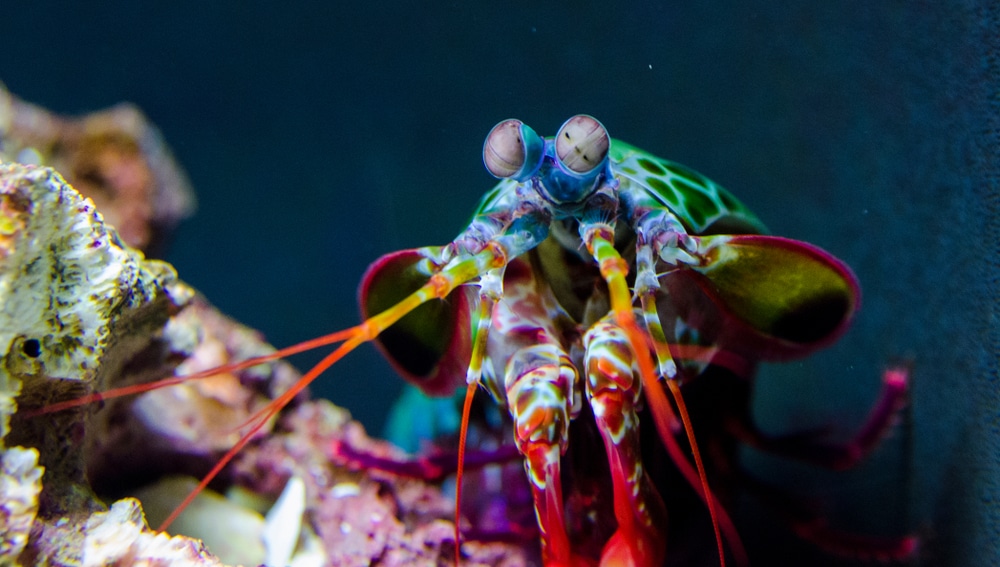Beef is one of the biggest and most profitable commodities in the United States, with Texas, Nebraska and Kansas taking the lead when broken down by states. Most people know about cattle being injected with growth hormones and that alone is enough to give it up altogether. But there are some nausea-inducing things about beef that will have you questioning everything. Here are some of the grossest facts about beef that will make even the most die-hard meat eaters think twice.
1. It’s Legal to Have Rat Hair in Ground Beef
Your ground beef could contain a lot more than just the beef you thought you were buying. That’s because in the United States, ground beef only qualifies as meat if it contains at least 35% of actual meat. As for the remaining 65%? Well, that could be anything including soy, water, maltodextrin, cornstarch, food coloring and, you guessed it, rat hair. In fact, FDA regulations state that it’s perfectly okay to have four rodent hairs in every 100 grams of processed food.
2. Ground Beef Might Contain Fecal Matter
As if rat hairs weren’t enough, there’s the slight chance that fecal matter could end up in your ground beef. That’s what happened in 2015, where meat from 103 stores in 26 cities in the United States were recalled after testing positive for fecal contamination. Just how did this happen? Turns out that the slaughtering and processing of large animals can be really messy and sometimes the feces from the intestines can transfer to the meat. Food poisoning, urinary and blood infections are just some of the signs that you received a really nasty batch.
3. E. coli Bacteria Can Stay Alive in Processed Meats
As mentioned above, the entire process of slaughtering large animals is a really messy one that involves mechanically tenderizing and cutting the beef by driving needles and blades into it. Sometimes, E. coli that was simply resting on the meat’s surface gets pushed into the flesh where it remains alive. So, this means that undercooked meat, such as rare and medium steaks, are particularly risky to eat because the meat isn’t cooked thoroughly. This puts you at risk of developing diarrhea, UTIs and even pneumonia.
4. Some Beef is Bound with Meat-Glue
Although transglutaminase or meat glue has been banned in the EU since 2010, it seems that the U.S. has yet to do the same. Many companies will use meat glue to bind pieces of meat together so it can appear more appetizing to consumers. According to the FDA, meat glue is generally recognized as safe even though there is a higher risk of food poisoning from eating meat with it. The reason for that is because meat glue is created using bacteria from a cow’s blood plasma that has a greater chance of multiplying due to the several individual pieces of meat.
5. Toxic Pesticides End Up in Beef
If you’ve made it past the rat hair, fecal matter, E. coli and meat glue then congrats, you have a tough stomach. But this one is less gross, but scarier. We all know that farmers use pesticides on plants to kill weeds and unwanted insects, right? But what you may not know is that it ends up in our food with some people experiencing nausea, diarrhea, rashes, blisters and dizziness. That’s because the cow’s body not only absorbs the nutrients but the pesticides as well, and that gets stored throughout their body including the meat.










